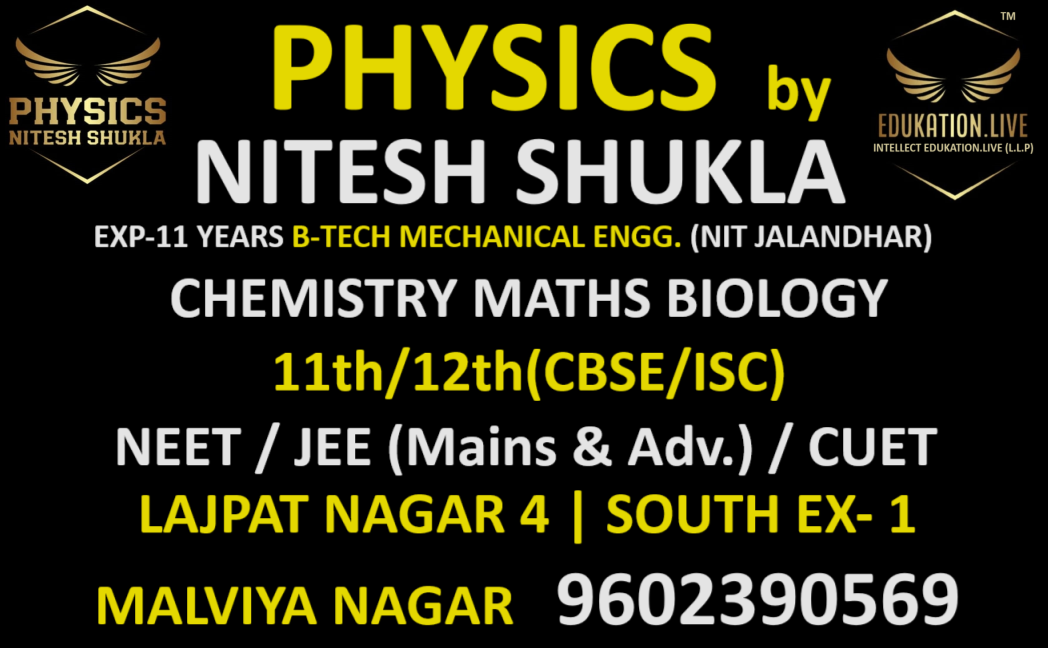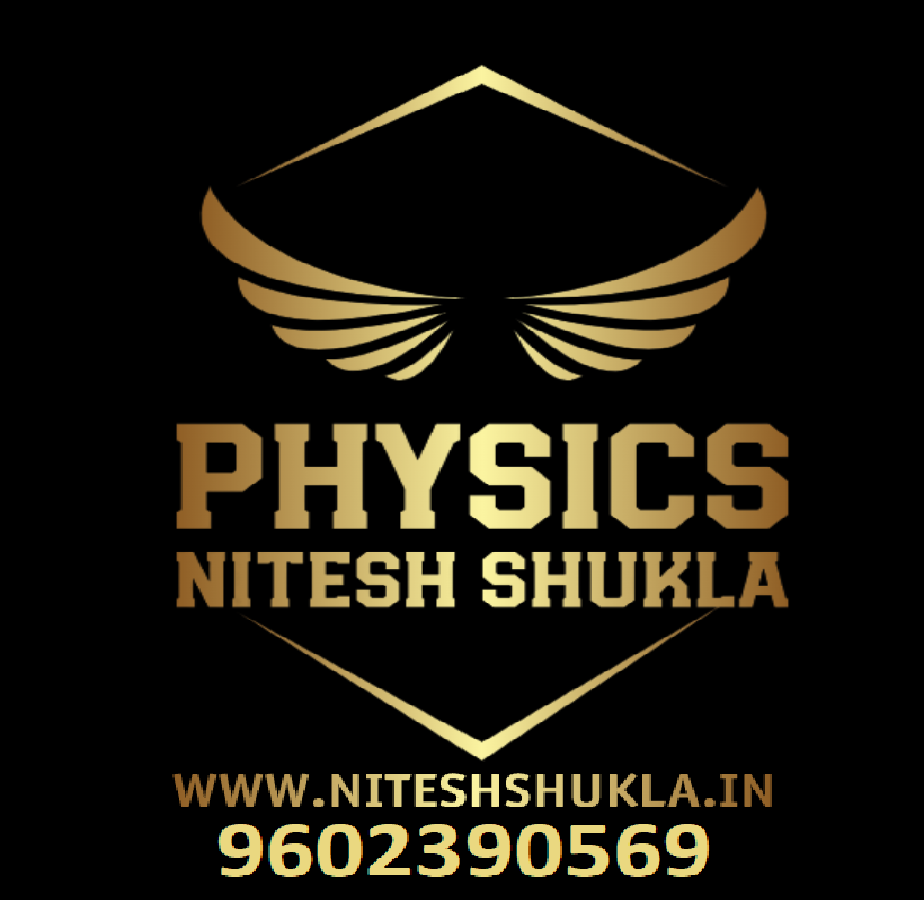National Testing Agency (NTA) has released guidelines for Common University Entrance Test (CUET) 2022 for undergraduate programs in central universities for the admission in academic year 2022-23. As per the official notice of NTA, the CUET will be conducted in Computer Based Test (CBT) mode.
Online application forms will be available on the official website from April 4, 2022 onwards. Interested candidates may fill up the application form before April 30, 2022.
“The aspirants who desire to appear for the test, may refer to the Information Bulletin for admission to Undergraduate programmes of the desired Central Universities (CUs) for admission into the Undergraduate Programmes.” reads the notification.
CUET will consist of four sections, section IA, 13 languages, from which candidates will have to chose one language, section IB, 20 languages, any other language apart from those offered in section IA to be chosen, section II, 27 domain specific subjects, and section III, general test, Candidates can choose upto six domain specific subjects from section II.
“A Candidate can choose a maximum of any three languages from Section IA and Section IB taken together. However, the third language chosen needs to be in lieu of the sixth domain specific Subject chosen by the candidate, as applicable,” stated the official notification of NTA.
“So the maximum number of tests to be taken remains nine only that is two languages plus six domain specific subjects plus one general test or three languages plus five domain specific subjects and one general test, flexibility being provided to help a candidate apply for many Universities depending on their eligibility conditions,” the document further stated.











